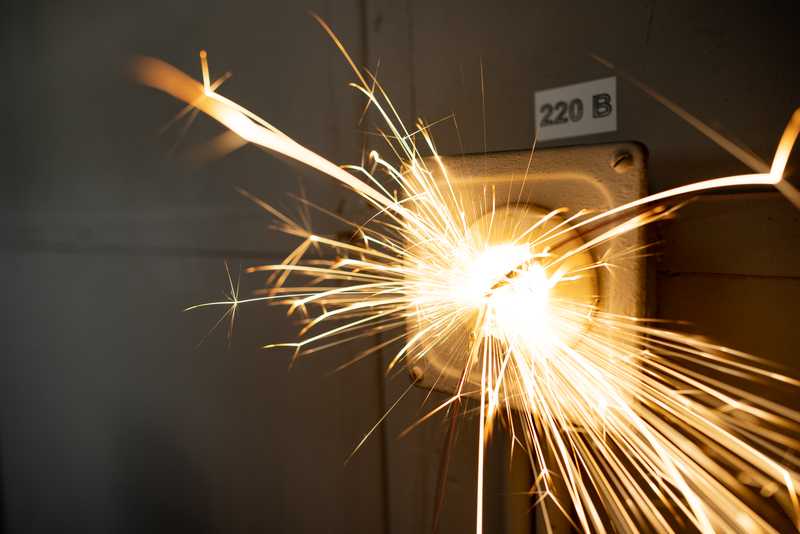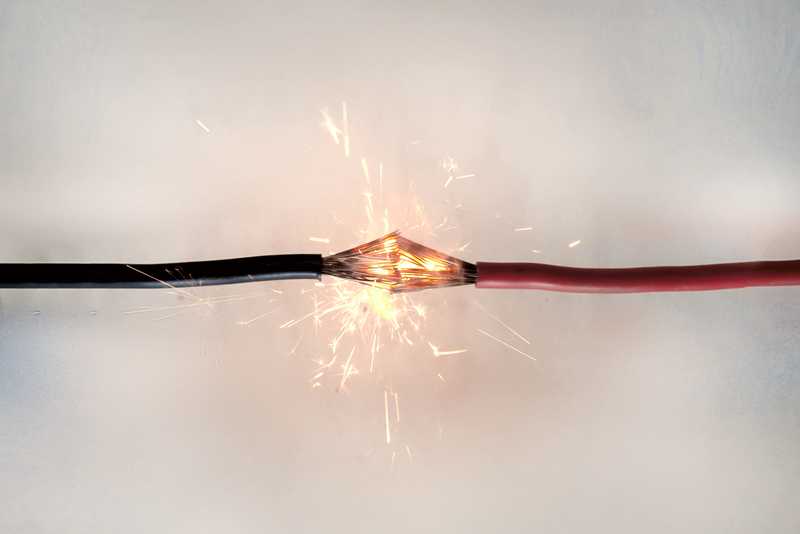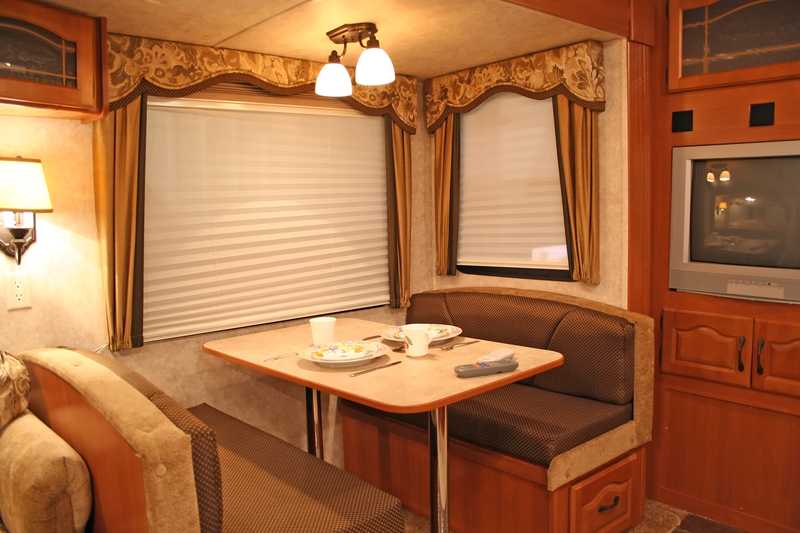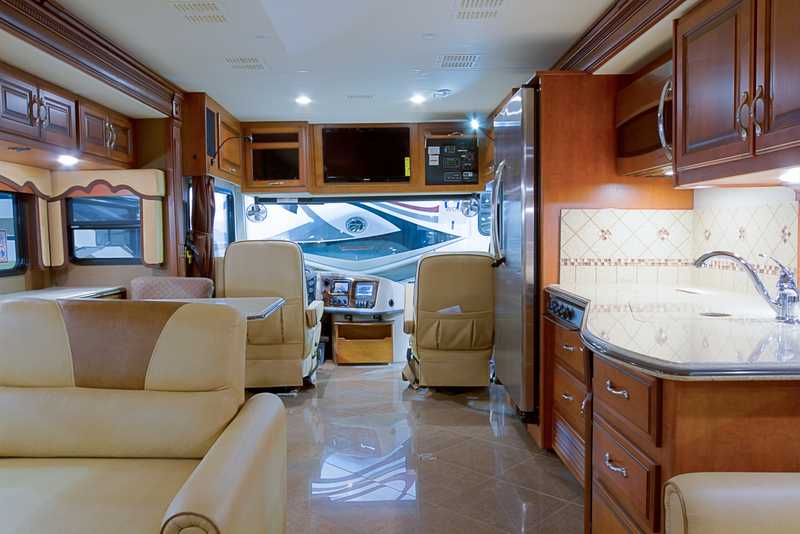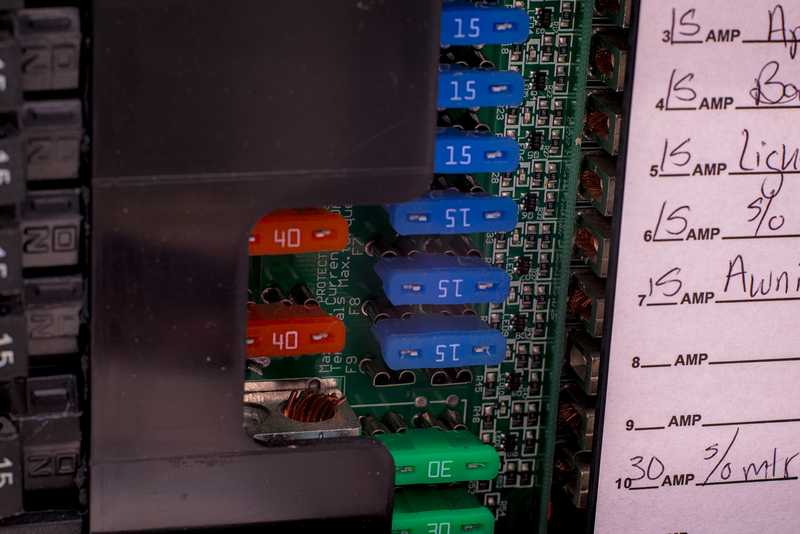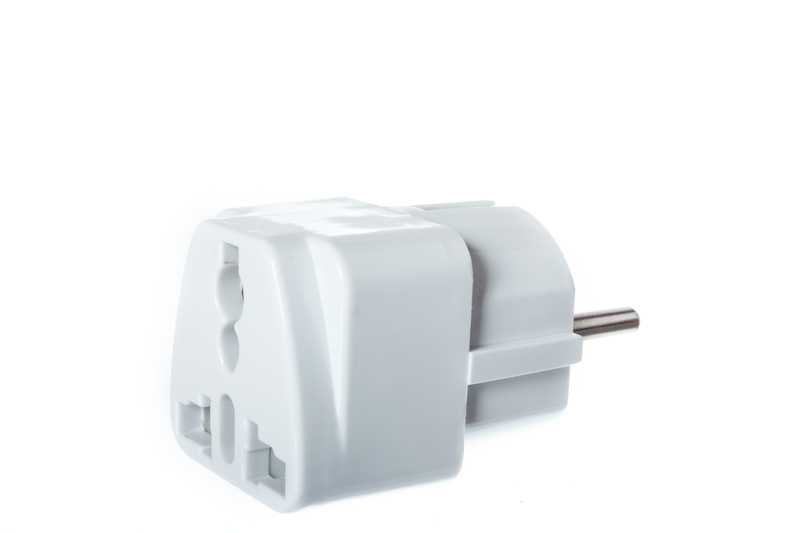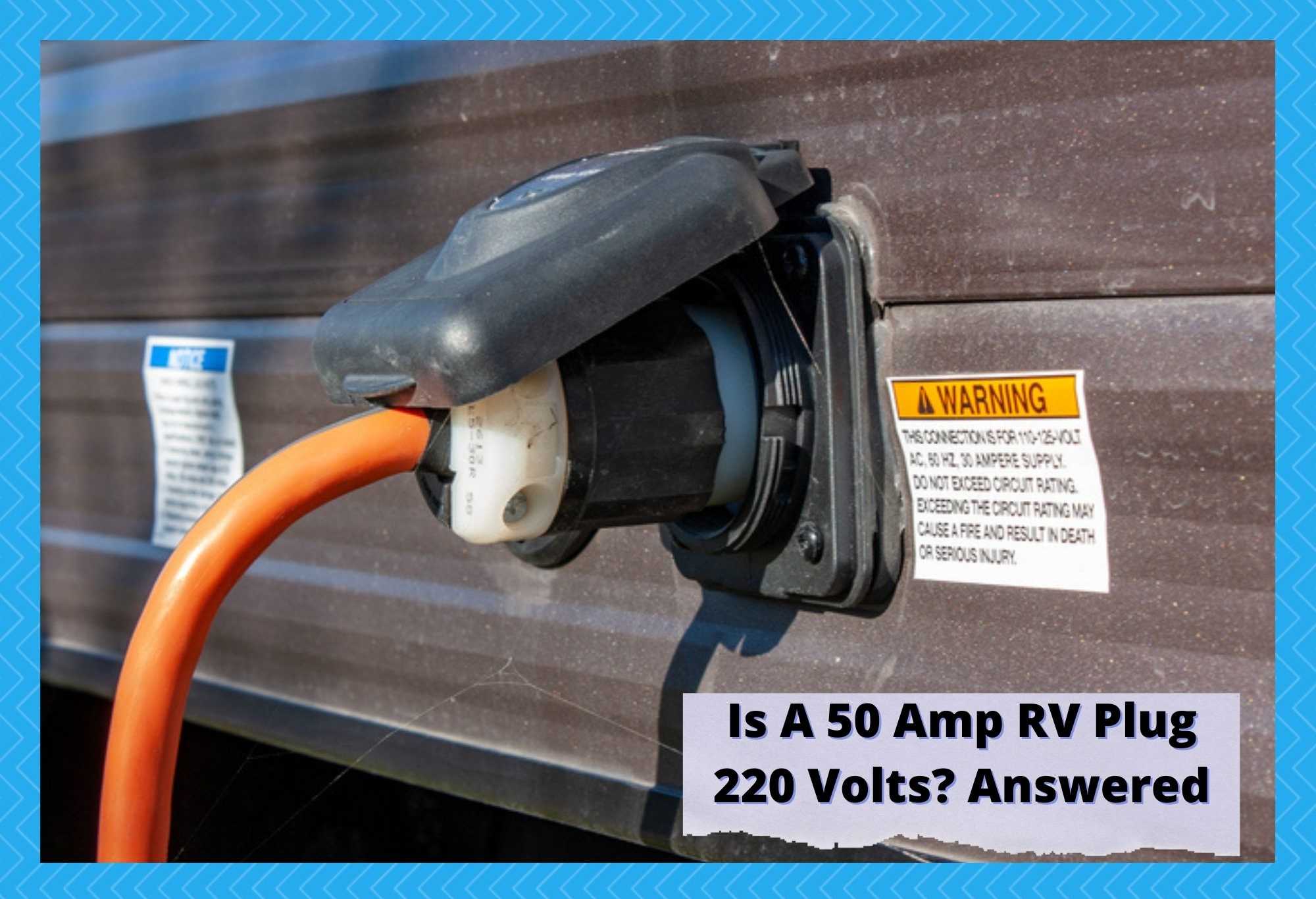
The world has changed significantly since the discovery of electricity. Most of the technology that makes our lives easier today is powered by this incredible phenomenon.
It doesn’t matter what energy sources we find besides fossil fuel—wind, water, nuclear or solar—we will still use them to generate electricity to power our machines and devices.
The invention of the battery and generator further amplified our dependence on electricity. Now, we can use electricity even without connecting to the power grid. That’s what made recreational vehicles possible.
In fact, that’s what made all kinds of vehicles possible since they all use a battery to power the engine, AC, heating system, etc. But an RV mainly benefits from stored electricity since it requires as much power as a traditional home uses.
But easy access to electricity is a double-edged sword. The last thing you want to do with electricity in your RV is to downplay its harmful effects when used irresponsibly. For one, it can cause a fire, and unlike other types of fires, electrical fires spread quickly.
Another is electrocution. You can suffer from a fatal electrical shock if you’re not careful handling open wires, outlets, and devices. And lastly, if you shore more amperes or volts than your electrical system requires, you can damage some of your appliances.
And that’s one of the most commonly asked questions in the RV community—how much ampere or voltage does an RV have? Or, if you further break it down, the first question most newbie RV owners ask is, “Is a 50 amp RV plug 220 volts?”
Is A 50 Amp RV Plug 220 Volts? Answered
Answer: Yes, it is. But there’s more to it you should understand.
If you’re planning to invest in an RV soon, you should study how much voltage and current RVs usually hold and handle because your life and your investment’s life depend on it. There are two types of RV in terms of current use—30-amp RV and 50-amp RV.
Small RVs such as campervans and travel trailers typically use 30 amps because they have fewer electrical appliances and fixtures. Larger RVs, such as fifth wheels and motorhomes, usually use 50 amps because many of their appliances and fixtures run off 220 to 240 volts.
The easiest way to tell if an RV is 30 or 50 amps is by checking its main plug. A 30-amp plug has three pins—ground, neutral, and hot. The hot pin conveys 110 volts.
On the other hand, a 50-amp plug has four pins—one ground, one neutral, and two hot. Each hot pin and wire can hold 110 volts, and together they can hold 220 volts. In other words, a 50-amp RV plug can hold both 110 and 220 volts.
But why does it matter?
We’ve already mentioned that using the wrong amperage or voltage can damage your appliances or cause a fire. That’s enough reason to be extra cautious when plugging your RV into an electrical source. But how does it work? Why can’t we use the same electricity for all our appliances?
Most people don’t understand how electricity works because they are usually presented with numbers and symbols that only electrical engineers and professors can understand.
They might understand it better if we compare it to something everyone’s familiar with but follows the same principles.
The water, hose, and mill analogy
Take water, for example. Electricity flowing through a wire is the same as water flowing through a hose.
The water represents the electrons, and the speed of water flow represents the current, hence the term “ocean current.” Likewise, the pressure that pushes the water into the hose represents the voltage.
Imagine a watermill at the end of the line, turning as the water from the hose hits it. The more you turn up the spigot, the more pressure you put into the water and the faster the current goes.
This also causes the watermill to turn faster. If the hose and watermill aren’t strong enough to hold that much pressure, they will break.
In terms of electricity, if you increase the voltage to push more electrons than the electrical system can take, the wires and appliances might burn. Luckily, electrical systems in the US are designed for 120 volts service. That is standard even in RVs.
It’s the current, not the voltage
But why are some appliances still blowing up due to wrong electrical ratings? Well, it’s current that makes a difference. If you examine the appliances in your RV, you’ll learn that they only run on either 110/120 or 220/240 volts. But their amperage varies widely.
For example, televisions usually require about 4 amps, refrigerators 7 amps, and microwaves 10 amps.
Summing up all your appliances’ amperages will total either 30 amps or 50 amps. So if you have a 30-amp RV, you can only use appliances that, when used simultaneously, consume no more than 30 amps. You can power more appliances if you have a 50-amp RV.
But why do you need more voltage?
Now we’re back to the main question, is a 50-amp RV plug 220 volts? It was just explained that 120 volts is standard in US electrical systems.
So why is a 50-amp RV plug 220 volts? The reason is that many modern RVs have appliances with high amperages, which require more voltage to sustain. For example, some heaters work better at 220 volts since there’s less voltage drop than at 110 volts. A dryer also uses that much voltage.
Most homes are powered by two 110-volt wires, similar to high-end RVs. You can’t plug your RV into an outlet with 110-volt service because it won’t produce enough current to run your appliances.
However, a house has certain outlets, like the dryer outlet, which support 240 volts. So you can plug the RV into those outlets. Just make sure not to plug a lower-voltage RV into a higher-voltage outlet, or you’ll have blown fuse and tripped off circuit breakers everywhere.
How to make sure you are plugging in the correct outlet
Now that you know the basics of electricity, including the relationship between current and voltage, you’ll find it easier to distinguish what current or voltage service is suitable for your RV.
But of course, you can check how many prongs the plug has. If it has four, particularly two hot pins, you have a 50-amp plug with 220-v service.
But to make sure, check the electrical panel or the electrical specifications listed in the owner’s manual. This booklet has all the information you need about your RV’s electrical system.
Or, if you have at least basic knowledge of electricity and electrical tools, you can measure the voltage in each outlet to see which holds 110 and 220 volts. But remember that you can only have both voltage ratings in your RV if you have a 220-volt plug.
How to regulate the electricity coming into your RV
Just because you have a 110-volt outlet doesn’t mean you can’t plug in a 220-volt appliance. Similarly, you can plug a dual-voltage 220-volt appliance into a 110-volt outlet. But you must use a voltage adapter.
Not a transformer or converter. Just a travel adapter, which is available in most electrical stores or on Amazon. A transformer is only necessary if you plug in a single-voltage appliance incompatible with the outlet.
In case you mistakenly plugged in an appliance to the wrong outlet, don’t worry because most electrical systems are equipped with fuses and circuit breakers.
The overload will blow a fuse or trip off the circuit breaker before damaging your appliances. Consider installing a separate circuit to support other current or voltage services.
Invest in electrical tools such as adapters, long wires, transformers, and converters. It will help protect your RV from electrical accidents.
Also, add electricity to your to-learn topic list, including all its practical and relevant applications. It pays to know your RV like the back of your hand as an RV owner.


